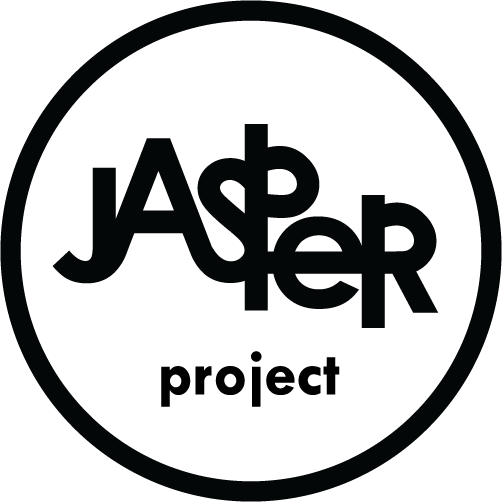“Some women don’t care how their quilts look. They piece the squares together any sort of way, but she couldn’t stand careless sewing. She wanted her quilts, and Joy’s, made right. Quilts stay a long time after people are gone from this world, and witness about them for good or bad.” ―
Julia Peterkin, Pulitzer Prize winning novelist from Fort Motte, South Carolina, author of Scarlet Sister Mary
Designed by Tabitha Meek Campbell (1822-1889)
Spartanburg County, SC
ca. 1860
Gift of Sarah M. Norton
The desire to create is a powerful force that will fight its way out of you even when you try to suppress it or pretend it isn’t there. Lord knows that traditionally impoverished Southern women rarely found their way to store bought canvasses on which to paint. But their talent and creativity poured forth in other ways, not the least of which was the way they kept their families warm with homemade quilts fashioned from cast-off clothes and pieces of fabric put aside for a rainy day.
Homemade quilts are more than family heirlooms to store in a linen closet.
Homemade quilts are story tellers and canvasses and books with chapter after chapter to be explored in square after square of their making.
And if the heat or germs or whatever personal reason of your own is keeping you home right now, you can still enjoy an incredibly comprehensive and enlightening virtual trip to the museum right from your own computer screen by visiting McKissick Museum’s Digital Exhibition, Piece by Piece - Quilts from the Permanent Collection.
In Piece by Piece, the exhibition introduces the visitor to a variety of quilts dating as far back as the early 1800s and as recently as 2015 with a quilt crafted by Summerville’s Peggie Hartwell, recipient of the Jean Laney Harris Folk Heritage Award presented by the SC Arts Commission. Ms. Hartwell is a founding member of the National Women of Color Quilters Network.
Wisdom 11 “To Thee I Give You Our Past”
Peggie Hartwell (1939-present)
Summerville, SC
2015
McKissick Museum Collection 2017.20.01
The McKissick Museum website writes, “The McKissick Museum collection includes over two hundred quilts, featuring examples of appliquéd, whole cloth, and pieced works from the Southeast. Since the 1980s, McKissick has documented and celebrated quilting traditions, produced several publications, and developed programs exploring the topic. The quilts in this exhibition illustrate the evolution of this textile tradition over the past two hundred years. From the early use of chintz fabrics to the widespread popularity of solid colors, these quilts reflect traditions with roots in Europe, Africa, and the American South.
“Quilting traditions in the Southeast were not uniform. Quilters were influenced by geographic, economic, and cultural circumstances. Many of the quilts displayed here illustrate characteristics distinctive to individual makers, while others reflect the influence of popular styles and trends. Quilts are as varied and diverse as the women and men who make them. They can evoke powerful memories and provide tangible connections to loved ones or specific events. More important, makers often use quilts to express social commentary, communicate personal narratives, or document family or community history.”
The Virtual Exhibit features distinct sections on Southern Quilts, primarily from the Carolinas and Georgia; the Makers’ Voice, which profiles known quiltmakers; the eponymous Crazy Quilt, and the University’s Quilt History Project from 1883-86. Included is a quilt created in 1986 by Hazel Ross depicting scenes from Columbia’s history to celebrate the city’s bicentennial.
Designed by Hazel Rossl
Columbia, SC
1986
Gift of Logan Lap Quilters
McKissick Museum Collection 2012.08.01
For more exhibits at McKissick Museum, both virtual and physical, please visit this link and continue to enjoy the meaningful connection between art and history.
-Cindi Boiter






